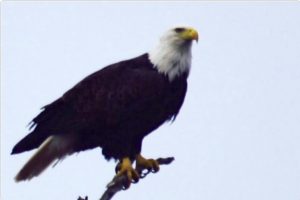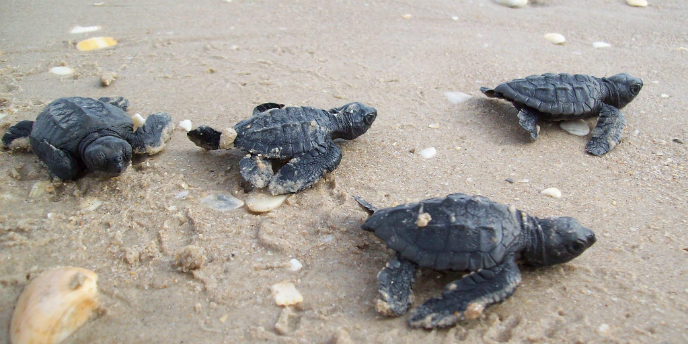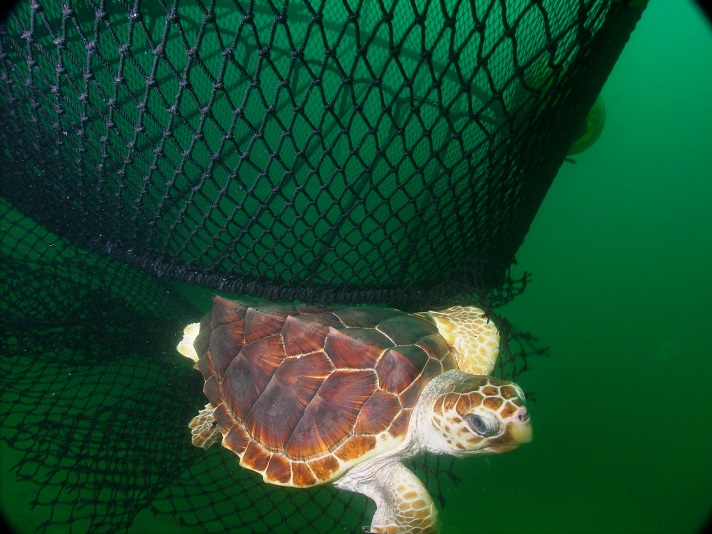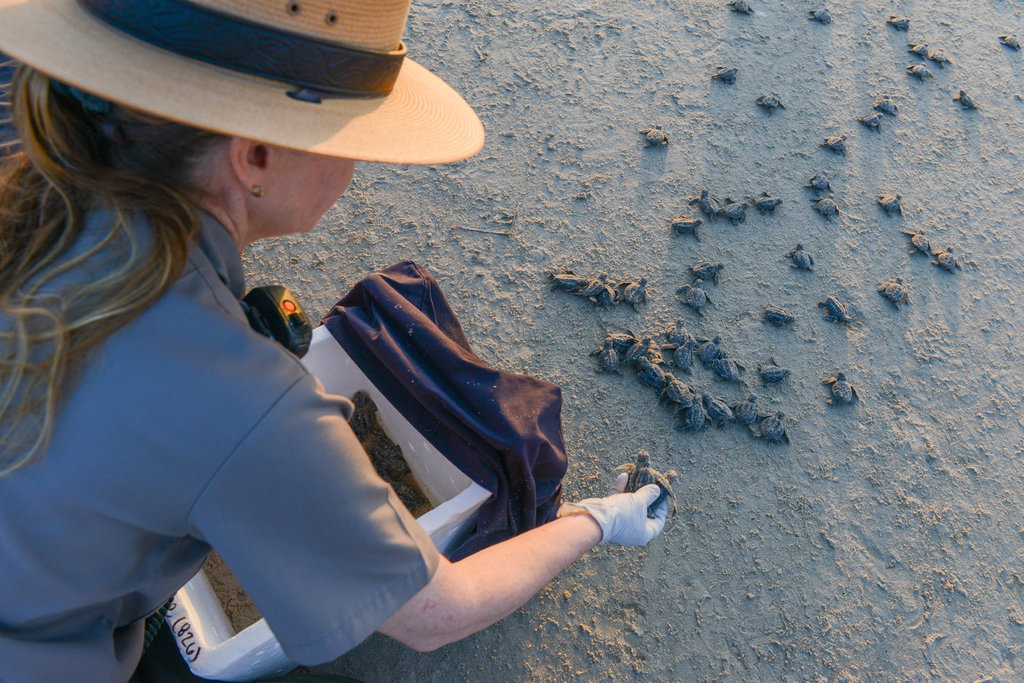Ocelot Habitat Restoration
Tuesday, October 29th, 2019This is Passport to Texas
The endangered Ocelot once roamed many parts of Texas. But over the years, loss of their native thorn-scrub habitat has left only a handful of Ocelots in the Rio Grande Valley.
We need to restore their habitat as quickly as possible because they’re just really in dire need.
Dr. Sandra Rideout-Hanzak is a restoration ecologist at Caesar Kleberg Wildlife Research Institute.
The thornscrub is really unique and it’s highly diverse. We’re talking about small trees or large shrubs. They’re multi-stemmed so they’ve got lots of branches coming out very low to the ground. To humans it looks like this impassable jungle, but to Ocelots it’s just perfect.
Traditionally Ocelot habitat was left alone to restore itself. Now a new study is hoping to accelerate restoration efforts with woody plant seedlings.
We’ve kind of figured out how to replant these species of trees that become thornscrub. We have 700 seedlings that we’ve planted ourselves to see what we can do to get them to that multi-stemmed habitat where they’re growing in the right shape as quickly as possible.
The Wildlife Restoration Program supports our series and funds Ocelot research in Texas.
For Texas Parks and Wildlife…I’m Cecilia Nasti.







 Passport to Texas is a
Passport to Texas is a  Passport to Texas is made available by:
Passport to Texas is made available by: